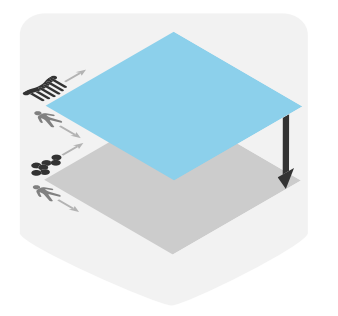mixOmics v6.32.0 is now available on Bioconductor 3.21, compatible with R 4.5.0. This update brings new features, bug fixes, and improvements based on your feedback.
What’s new since the last Bioconductor release:
🔬 New features and enhancements
plotLoadings()now supports ggplot2-style plots with fully customisable aestheticstune()has been enhanced to support tuning of components or variables- New function
perf.assess()evaluates final model performance
⚙️ Improved performance and reproducibility
tune()andperf()now support parallel processing using theBPPARAMargument and accept aseedargument to improve reproducibility
🧹 Bug fixes and usability improvements
plotIndiv()now correctly handlespchordering and ellipse colours- Better error message in
perf()when a class has only one sample - Streamlined multiblock functions by removing unused arguments
📦 Install this version:
if (!require("BiocManager", quietly = TRUE))
install.packages("BiocManager")
BiocManager::install("mixOmics")🔍 For a full list of changes, visit the README on our GitHub repo.

